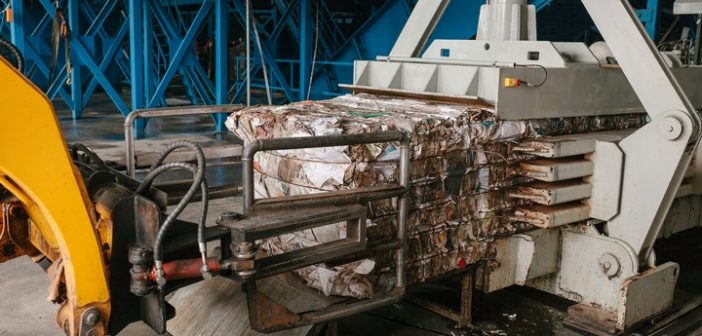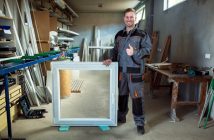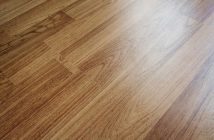Although it is easy to overlook in the first stages of a project, having reliable compaction equipment is critical to your project’s success in the short and long-term. In fact, the properly executed compaction of soil, asphalt, and concrete might be the most important determining factor of how well a project holds up over time.
When compaction is performed properly with good equipment, it achieves many goals, including increasing load-bearing ability, preventing expansion, contraction, and seepage. Unfortunately, subpar compaction methods and equipment will make the final product susceptible to all of these weaknesses, causing potholes, poor drainage, cracked drywall, or even worse. That is why finding the proper compaction equipment is so important, and in doing so, you’ve taking the first step toward achieving a project that is foundationally sound.
1. Some basic distinctions to start with
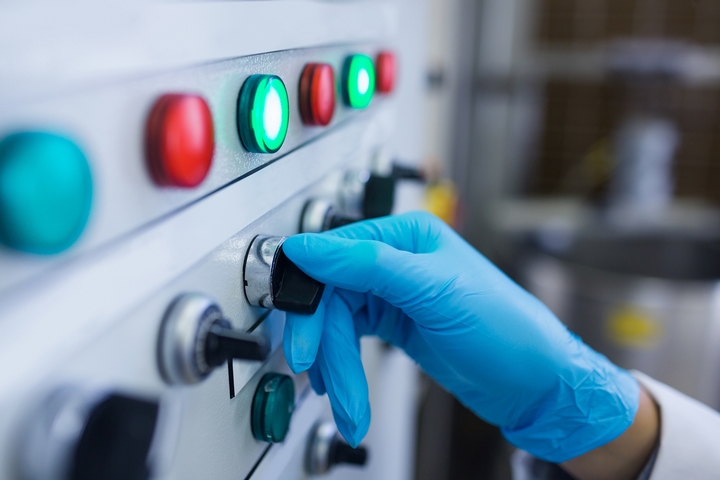
If you’re new to the world of compaction equipment, the first thing you should know is that there are two basic types of equipment available on the market. Vibratory compactors “shake” soil particles, this process reduces the friction between particles and allows them to fall and settle into closer proximity with one another. Static compactors, on the other hand, rely on the weight of the machine itself to compress soil particles closer together, thus achieving the same effect.
2. When compacting in tight spaces
 If you’re dealing with a confined area, a rammer or “jumping jack” is probably going to provide you with the best compaction. These machines use gasoline or diesel engines to hammer down into the soil and use concentrated, high-velocity punches to do the job. They typically have a smaller foot than similar machines and are therefore best suited to compacting backfill in narrow trenches for utility work and applications in clay, silt, and other cohesive soils because the rammer’s shearing action pushes out air and water pockets. Rammers are not typically recommended when dealing with granular materials.
If you’re dealing with a confined area, a rammer or “jumping jack” is probably going to provide you with the best compaction. These machines use gasoline or diesel engines to hammer down into the soil and use concentrated, high-velocity punches to do the job. They typically have a smaller foot than similar machines and are therefore best suited to compacting backfill in narrow trenches for utility work and applications in clay, silt, and other cohesive soils because the rammer’s shearing action pushes out air and water pockets. Rammers are not typically recommended when dealing with granular materials.
3. If you need maximum maneuverability
 Vibratory plate compactors are your best bet when you need to prepare the ground for any type of landscaping application that will require you to handle sand, gravel, or other granular material. Generally used prior to installing paving stones or walkways, plates are able to create very frequent vibrations, up to 10 times faster than rammers. They also allow for a larger surface contact than rollers and because their vibratory action propels the machine along, they are highly maneuverable.
Vibratory plate compactors are your best bet when you need to prepare the ground for any type of landscaping application that will require you to handle sand, gravel, or other granular material. Generally used prior to installing paving stones or walkways, plates are able to create very frequent vibrations, up to 10 times faster than rammers. They also allow for a larger surface contact than rollers and because their vibratory action propels the machine along, they are highly maneuverable.
Plate compactors are usually the best choice when the area to be compacted is small enough that it does not require a large walk-behind or ride-on roller. Keep in mind that larger models can work in reverse as well as forward, adding maneuverability, and allowing operation while stationary.
4. Rollers are your best bet for large areas
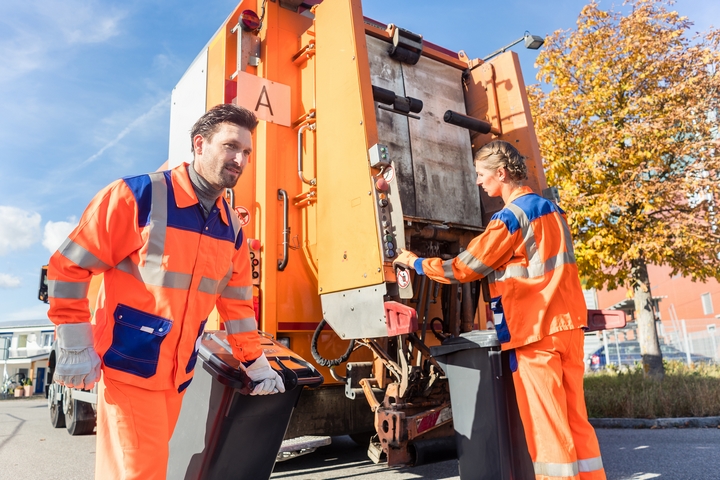
If you’re dealing with a fairly large area of space, a roller is probably your best sit. They come in a variety of sizes and weights and are used for projects that require a large, flat surface in granular soil. These machines use smooth vibrating drums to quickly, efficient, and uniformly compact and smooth the substrate. If space confinements make a standard roller impractical, there are also remote-controlled trench rollers that come equipped with padded feet.
5. Always consults a professional
 Now that you have an idea of some of the major types of compaction equipment available, it is time to consult a professional about the exact specifications of what types would be best suited to your project. Whether you are looking to buy or rent, you want to make sure that you understand all the strengths and weaknesses of the piece of equipment you choose.
Now that you have an idea of some of the major types of compaction equipment available, it is time to consult a professional about the exact specifications of what types would be best suited to your project. Whether you are looking to buy or rent, you want to make sure that you understand all the strengths and weaknesses of the piece of equipment you choose.

